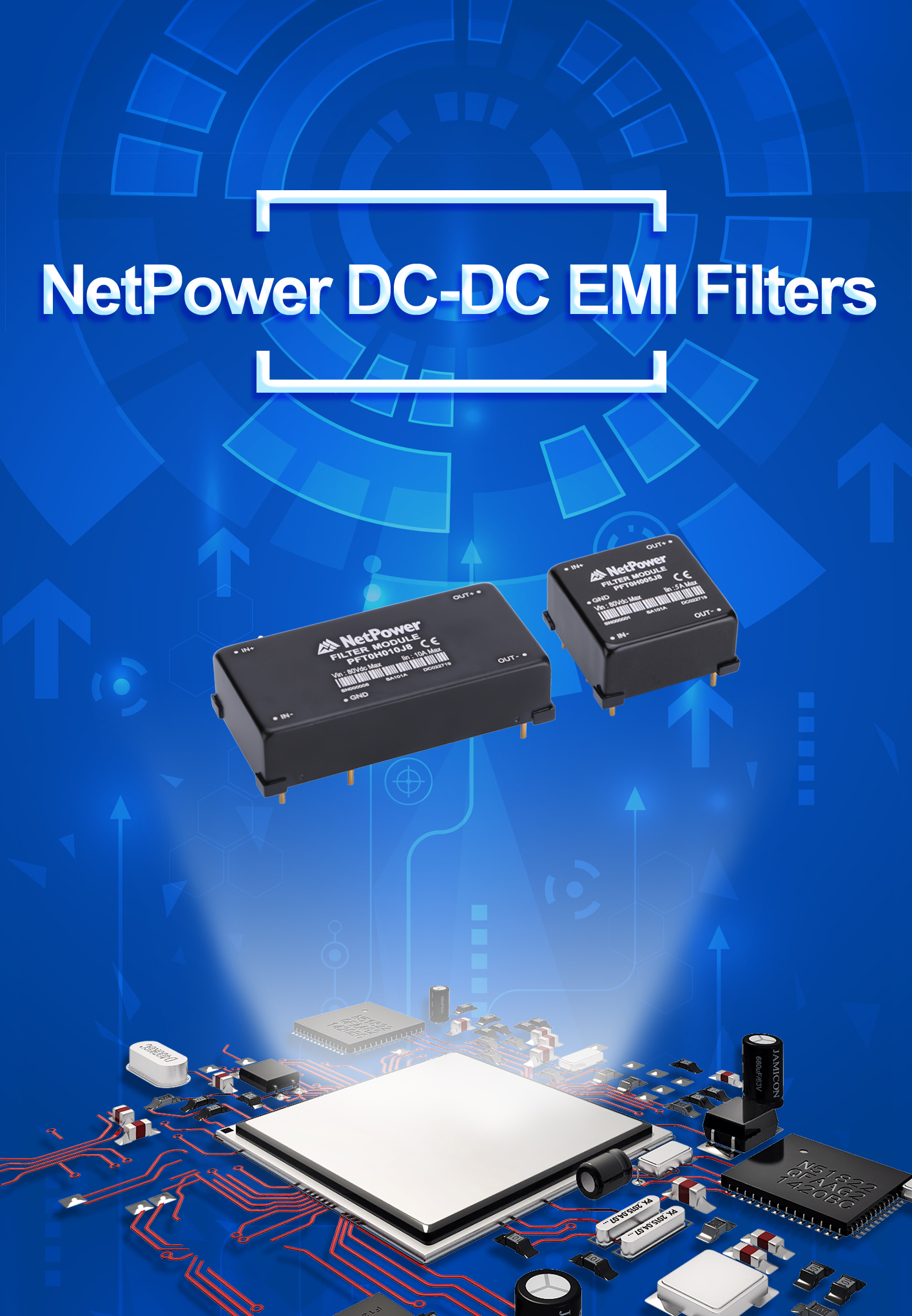What is BTU
Date:2020-01-09 12:09:47 Posted by:mrpower View:468BTU (British Thermal Unit) is a measure of energy defined by the amount of energy require to change 1 pound of water by 1 degree Fahrenheit. For our purposes we use BTU/hr as a measurement of work being done per hour. Our chillers are rated in BTU/hr, this is the capacity of cooling the chiller can preform in an hour.
As an example if we wanted to cool 100 gallons by 10F, we first need to know that a 100 gallons weighs about 832lbs. 832Lbs of water x 10F = 8,320BTU. This is a straight calculation that does not take into account any heat sources trying to warm the water.
Another consideration is that with any refrigeration equipment with a BTU rating, there are certain assumptions about environmental conditions to arrive at that rating. On a typical aquarium chiller the rating will be valid at a specific water and air temperature, normally both are around 80F. For example a 5,000BTU chiller has the capability of 5,000BTU of cooling at 80F water and air temperatures. If the water is colder or the air is hotter the chiller won’t be able to cool as effectively therefore while the chiller is rated at 5000BTU it may only be able to provide a fraction of that. Eventually if the water gets cold enough, or air hot enough the chiller will arrive at 0 BTU/hr and won’t be able to cool any further. Like wise in the opposite situation, if the water is warmer than 80F and the air is cooler, the chiller can actually provide more than 5,000BTU of cooling. The key point is that the chiller’s ability to cool is on a sliding scale that is dependent on both water and air temperatures.
In order to cool a body of water the chiller needs to offset more heat than the amount of heat being put into the water. Heat can come from many sources – ambient air, pumps, lights, sun, etc. The tough part is knowing how much heat in BTU/hr is going into the water. For electrical items we can use wattage to estimate how much heat they produce. A watt is equal to 3.41 BTU. For a 100w submersible pump it is pretty easy to figure out that 341BTU/hr is going into the water, since it’s a pretty safe assumption that all of the heat is being transferred into the water. For a 250w metal halide light we can figure out it produces 852BTU/hr, however it is a lot more difficult to figure out how much of that heat is being transferred to the water. Factors like bulb distance to water, water surface area, and even reflectivity of material in the tank would factor into how much of the 852 BTU/hr from the bulb are being transferred. As you can see the math/science to actually assign values to the various heat inputs gets very complicated very fast, and goes deeper than most anyone would be willing to explore.
It’s important to note that BTU/hr is the true way to measure the capacity of a chiller. Unfortunately the consumer market pushes sizing as a horsepower rating. Horsepower is largely a meaningless number when it comes to chillers, there are many methods to compute a HP rating and each one will provide you with a different answer. BTU/hr is what you should compare when shopping for a chiller. If you look at 3 different 1/2HP chillers, you will likely find 3 different BTU/hr ratings meaning they aren’t the same at all. Take for instance the 1/2HP Active Aqua chiller with 4100 BTU/hr, where as our 1/2HP chiller has 5000 BTU/hr. Many times you will really need to dig to find another brand’s BTU/hr rating as it’s not something they really want to advertise.
So where does this leave us? Luckily we don’t need to figure out exact BTU numbers, but knowing what a BTU is and a general understanding of basic BTU calculations provides a working knowledge on how to arrive at a ball park guesstimate of sizing requirements.
https://www.penguinchillers.com/knowledge-center/what-is-btu/
BACKLogin
Enter your email address and password




